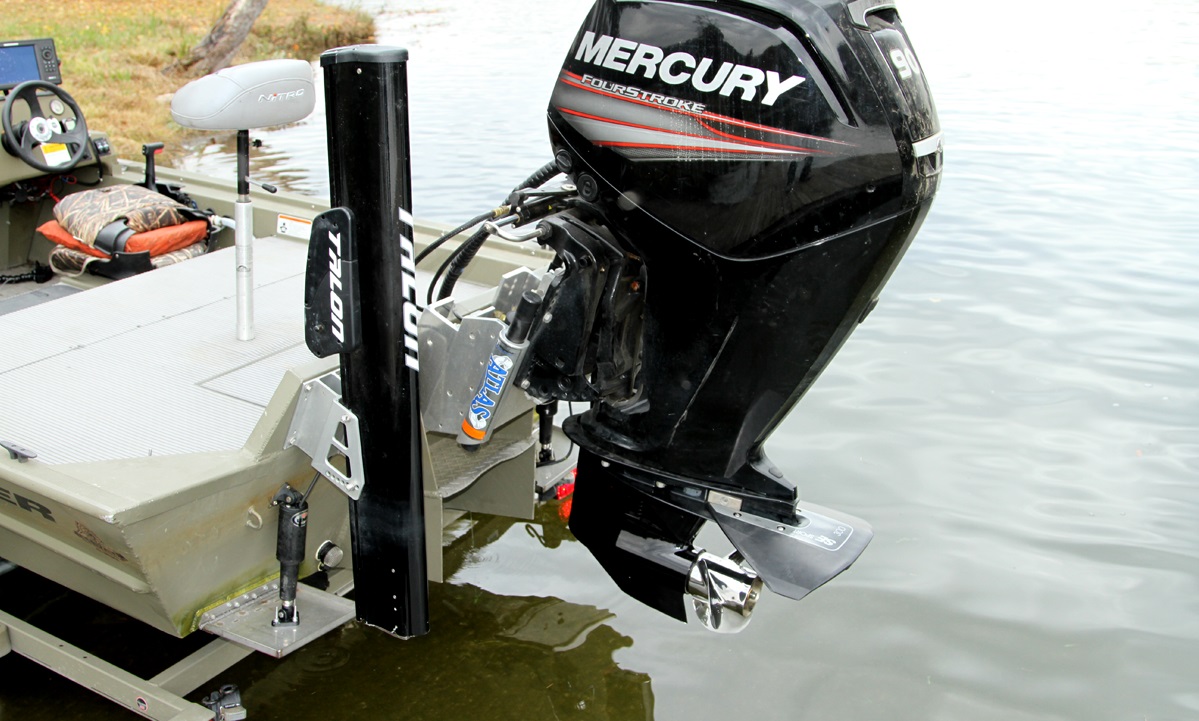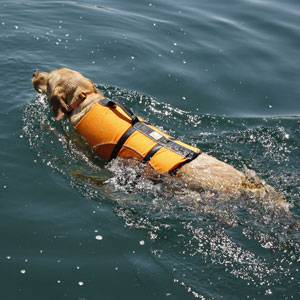There are various terms in boating to memorize, and many of them aren’t really common.
Take, for example, a “jack plate.” While you might have heard of it before, many people don’t know what it is.
Today, we’re going to help you better understand what a jack plate is, as well as its role on a boat and the types available to buy.

A jack plate is a mechanism used on boats with outboard motors. It goes between a hull’s transom and the outboard engine. The jack plate enables you to lower and raise the height of the outboard engine on the transom without having to change the mounting height of the engine.
A jack plate is where you mount your outboard motor before mounting it onto the hull. This installation method is much more effective than simply mounting the outboard motor directly on the boat. The jack plate enables you to raise the motor up or down, and can come in a variety of styles and sizes.
Table of Contents
What is a Jack Plate on a Boat: How Does a Jack Plate Work?
If you have some experience with boats, you might wonder how a jack plate differs from an engine with tilt and trim. While these mechanisms move the mounting height, there are several important differences between a jack plate and this type of engine.
For one, you can alter the motor height without changing the angle of the propeller shaft. You can also lift the engine out of the water if that’s what you want to do.
A jack plate provides you with increased engine control. You can raise the motor height without altering the boat trim. You can even raise the trim while lowering the engine height lowered, providing various advantages to the boat operator, especially when maneuvering in shallow water.
Another advantage is that a jack plate enables you to mount the engine a lot farther away than you normally would, adding weight to the hull. A jack plate also increases the overall length of a boat, which can be a useful feature for bow-heavy boats. In other words, you can easily raise the bow of the boat when the need arises.
It can also provide added bow raise when the engine is operating in a wide-open throttle mode. What this means is that more of the boat can be out of the water when moving fast. This usually helps the boat to achieve its top speed.
What are the Different Types of Jack Plates?
When it comes to jack plates, there are three different types, including hydraulic, manual, and fixed jack plates.
Hydraulic Jack Plates
A hydraulic jack plate is perhaps the most effective of all types. It provides the greatest combination of convenience, versatility, and functionality.
A hydraulic jack plate offers a continuous range of engine heights. Interestingly, you do not require any special tools to operate the hydraulic model.
Instead, the hydraulic jack plate uses hydraulic pumps and rams to slide the plate down or up. Considering that these jack plates use hydraulic power to alter the height of an engine, there is no need to physically move the plate.
To alter the engine height of a boat, you simply need to push a button. This makes the hydraulic jack plate the most efficient of all jack plate types.
Another added advantage is that, unlike the other options, you can change the engine height while in the water. It is even possible to do so while the boat is in operation.
Manual Jack Plates
These jack plates are also referred to as mechanical jack plates, as they are much more versatile. They differ from fixed jack plates as they have a continuous height range at which you can move the mounted motor.
You can change the mounted height by simply using a slot located inside the plate, which enables it to move up or down. Once you get your intended engine height, you can simply lock the height in by tightening the plate using a wrench.
A manual jack plate enables you to alter the engine height without requiring a jack or any special tools to hold the motor in place. All you need is a wrench to loosen the bolt. You can then lower or raise the engine using a bit of elbow grease and tighten the bolt once more.
Keep in mind that while it is possible to achieve this procedure while on the water, it is recommended that you do it only on dry land. If you want to alter the height of your boat’s engine while on water, it is best to opt for a hydraulic jack plate.
Fixed Jack Plates
Fixed jack plates are generally the cheapest option when choosing jack plates. As you may have already figured from the name, you can use them to lift an engine up to remain in a fixed position.
The fixed position is typically the height at which the engine can run efficiently. These types of jack plates come with various holes to mount the engine.
A boat owner or installer can simply choose the holes they want to use to mount the engine. That said, altering the engine height later can prove more difficult than other types of jack plates, as you cannot manage this procedure You will have to use a pulley to hold the engine while you remove the jack plate and remount it.
In all, fixed jack plates are a relatively inexpensive way to mount an outboard engine with a long shaft to a boat with a short transom.


